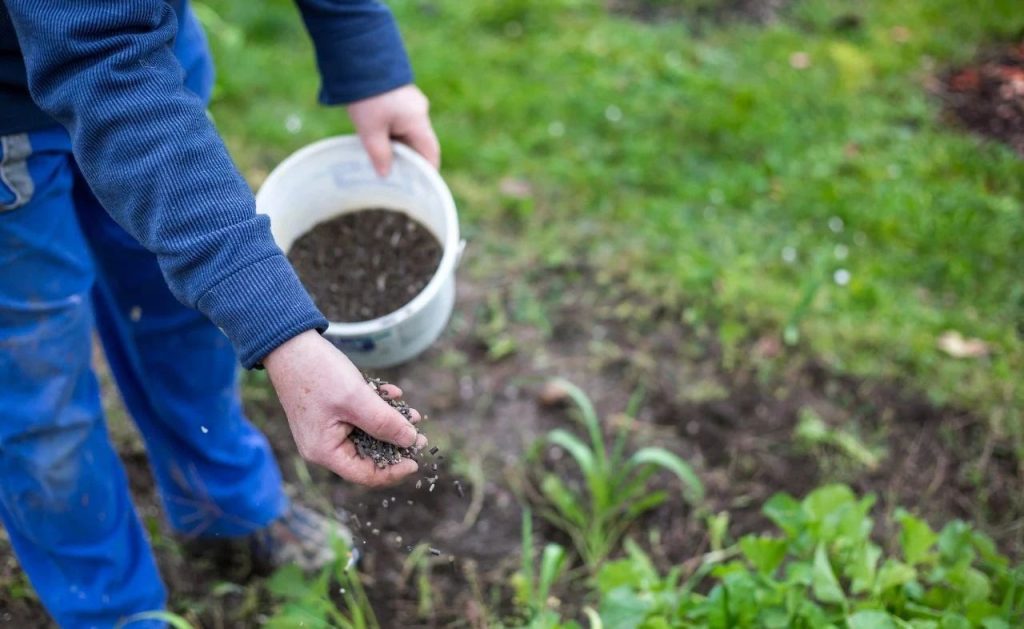The Classification and Application of Sludge
Sludge is the byproduct separated from urban sewage treatment, which has a water content of over 85% in a liquid state, 65% to 85% in a plastic state, and below 60% in a solid state.
Classification of Sludge
Sludge can be classified based on the source, digestion, and composition. According to the source, it can be sedimentation (air flotation) sludge or biological treatment sludge. Depending on digestion, it can be digested sludge (mature sludge) or raw sludge (fresh sludge). According to composition, it can be organic or inorganic.

Mixed sludge generated from domestic wastewater treatment and biological treatment sludge produced by industrial wastewater are typical organic sludge. Their properties are easily decomposed, odorous, fine-grained, have low specific gravity, high water content, and are difficult to dewater.
Applications of Sludge with Different Water Content
When the water content of sludge is 10%, it is easy to store and transport. Even if there are still active bacteria in the sludge, they are generally not activated and not easily invaded by bacteria, viruses, fungi, etc. in the air to utilize the nutrients in the sludge for reproduction. Additionally, the lower the water content of the sludge, the higher its calorific value. When used for power generation or cement production, it becomes a true energy resource. However, when the water content is too low during drying, it consumes more energy and the dried sludge will absorb moisture from the air to reach a certain temperature and humidity equilibrium point, i.e., the balance water content. This makes it less valuable.

Regarding incineration, 50% water content is required because half of the water needs to be evaporated during incineration, and the heat generated by the combustion of organic matter in the remaining half of the bone-dry sludge is sufficient to provide this. Additionally, sludge with a water content of 50% is more easily dispersed, which is conducive to combustion. It should be noted that a water content of 50% is the minimum requirement.
When the water content of sludge is 60%, its strength can meet the requirements of compaction and it is not easy to form a swamp when landfilled. Additionally, when the water content of the sludge is reduced from 80% to 60%, its weight is halved, which extends the life of the landfill site.

